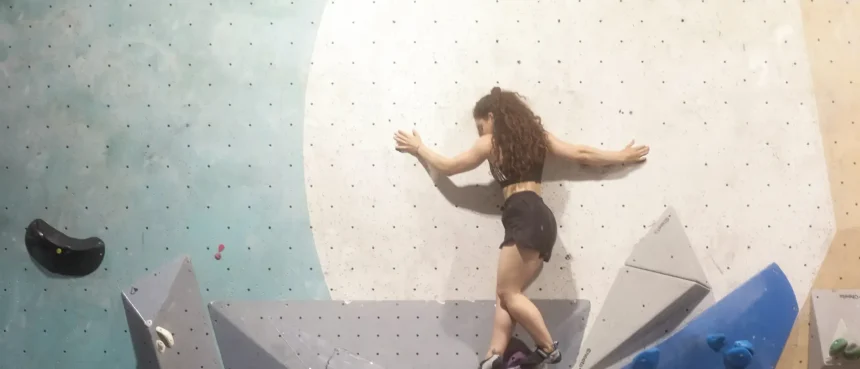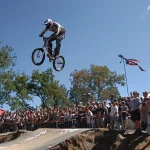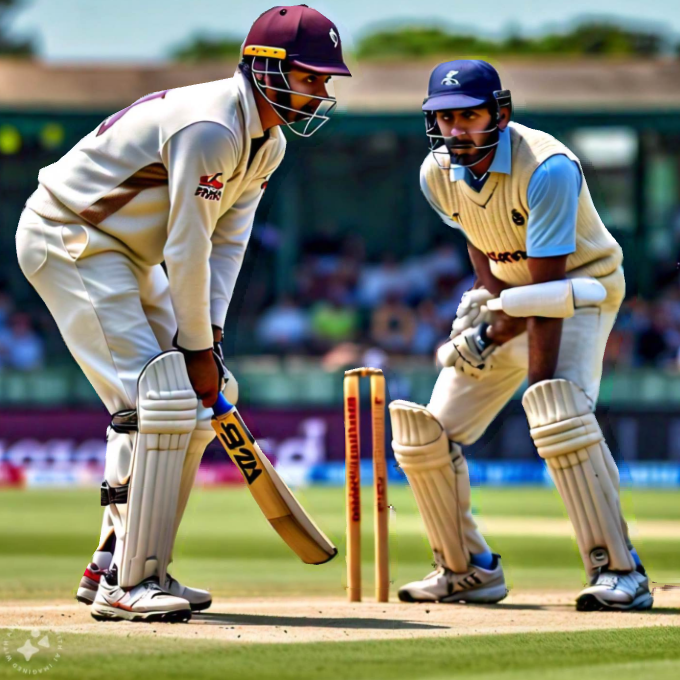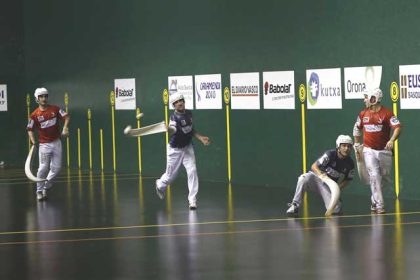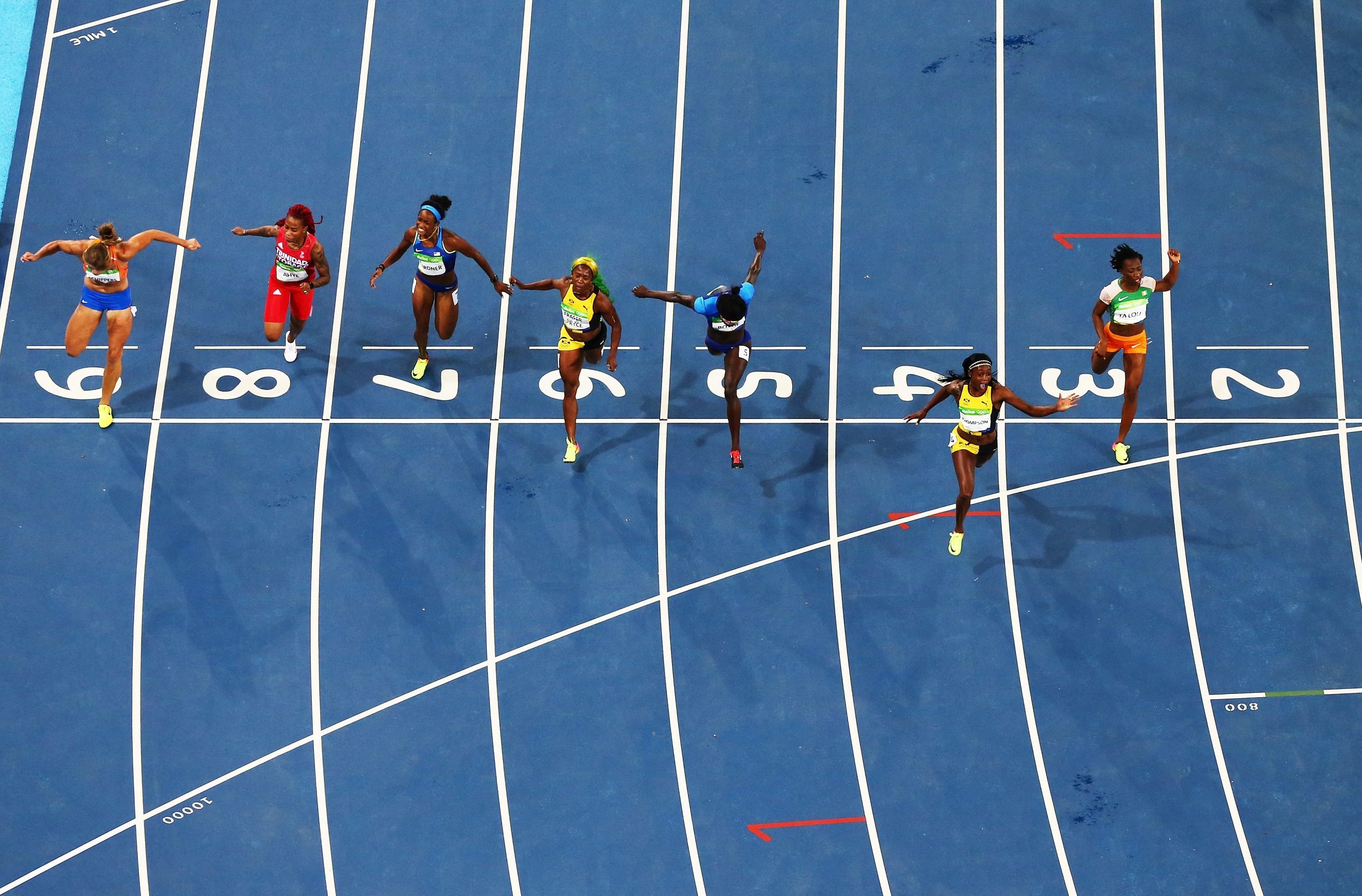Speed climbing is a discipline of sport climbing where athletes race to ascend a standardized 15-meter wall, inclined at 5 degrees, as quickly as possible. The wall features a fixed route with relatively large handholds, and climbers are secured by an automatic belay system. The sport emphasizes speed, precision, and explosivity, with world-class times as low as 5.00 seconds for men (Kiromal Katibin, Indonesia) and 6.53 seconds for women (Aleksandra Miroslaw, Poland). Unlike bouldering or lead climbing, which focus on problem-solving or endurance, speed climbing is a head-to-head race, making it highly spectator-friendly due to its fast-paced, easy-to-understand format.
Why is Speed Climbing Popular in the Global Sports Market?
Speed climbing’s surge in popularity within the global sports market stems from several factors:
- Olympic Inclusion: Speed climbing debuted at the Tokyo 2020 Olympics and was featured in Paris 2024 as a standalone event with separate medals, significantly boosting its visibility. The Olympic stage has attracted sponsorships, investments, and media attention, elevating its status as a professional sport.
- Accessibility and Growth of Climbing Gyms: The proliferation of indoor climbing gyms—valued at USD 3 billion in 2023 with a projected CAGR of 9.3% through 2032—has made speed climbing accessible to urban populations. These gyms provide safe, controlled environments for beginners and professionals, driving participation globally, particularly in the U.S., Germany, and China.
- Spectator Appeal: The sport’s fast, one-on-one format and clear outcomes (fastest time wins) make it thrilling and easy for non-experts to follow, enhancing its media attractiveness. Its reputation as the “fastest sport at the Olympics” adds to its allure.
- Fitness and Lifestyle Trends: Speed climbing aligns with growing global demand for recreational and fitness activities. It offers a full-body workout, appealing to those seeking alternative exercise options amid rising awareness of health and wellness.
- Youth Engagement: The sport attracts younger demographics, with 81% of climbers aged 19–40, and youth programs are increasingly tailored to Olympic formats, fostering early talent development
- Global Expansion: The International Federation of Sport Climbing (IFSC) reports 35 million climbers worldwide, with climbing walls in over 140 countries. Urbanization and the rise of adventure sports further fuel its growth, especially in regions like Asia Pacific, where China holds a 30% market share.
Important Global Events
Key international speed climbing events include:
- Olympic Games: Speed climbing was part of Tokyo 2020 (combined format) and Paris 2024 (standalone event with 28 athletes). It is confirmed for Los Angeles 2028, featuring separate medals for speed, boulder, and lead.
- IFSC Climbing World Cup: Held annually with 14 stops in 2025 across 11 countries (e.g., China, USA, Poland, Slovenia), it includes six speed events. Notable athletes like Aleksandra Miroslaw and Veddriq Leonardo compete, and new scoring systems enhance excitement.
- IFSC Climbing World Championships: Biennial events featuring speed climbing, with the first held in 1991. These championships set the stage for Olympic qualification.
- Youth Olympic Games: Speed climbing was introduced at Buenos Aires 2018 and continues to nurture young talent aged 16–17.
- Regional Competitions: Events like the USA Climbing’s National Championships and European Championships serve as stepping stones to global stages.
How to Get Started and Become a Great Speed Climbing Athlete
Getting Started (Young or Old)
- Join a Climbing Gym:
- Find a local gym with a speed climbing wall (standardized 15m with IFSC-approved routes). Many gyms offer introductory classes for all ages, teaching basic techniques and safety
- Bouldering or top-rope climbing can build foundational skills before transitioning to speed.
- Learn the Basics:
- Focus on climbing technique, foot placement, and grip strength. Speed climbing requires memorizing the “beta” (fixed route) to optimize movements.
- Work with certified coaches to learn proper form and avoid injury. Many gyms offer youth programs for kids as young as 5–6.
- Invest in Gear:
- Essential equipment includes climbing shoes, a harness, and chalk. Gyms often provide rentals for beginners.
- As you progress, specialized speed climbing shoes (e.g., La Sportiva, Scarpa) enhance performance.
- Participate in Local Competitions:
- Enter beginner-friendly events at gyms or regional competitions to gain experience. USA Climbing and similar organizations host youth and amateur events.
- These events build confidence and expose you to the competitive scene.
- Stay Consistent:
- Regular practice (2–3 times per week) improves strength, coordination, and route familiarity. Older athletes can benefit from cross-training (e.g., running, yoga) to maintain flexibility.
Becoming a Great Athlete
- Physical Training:
- Strength and Power: Elite speed climbers train forearm flexors, grip strength, and explosive power. Exercises include fingerboard hangs, pull-ups, and plyometrics.
- Anthropometrics: Low body fat, lean physique, and strong forearm volume are advantageous. Elite climbers often have a BMI around 22.4 and start training young to optimize these traits.
- Endurance and Coordination: Dynamic eccentric-concentric training and coordination drills enhance efficiency.
- Nutrition: Consume 3–7 g/kg of carbohydrates daily and maintain hydration (250 mL/hr during training). Adolescents need 2875–3925 kcal/day to support growth and performance. Avoid restrictive diets to prevent eating disorders.
- Mental Preparation:
- Develop an “iceberg profile” (calm, focused mindset) to handle competition stress. Visualization and route memorization are critical for speed climbing.
- Work with sports psychologists to build resilience, especially for high-stakes events.
- Tactical and Technical Skills:
- Master the standardized route through repetitive practice. Video analysis of top climbers (e.g., Kiromal Katibin, Aleksandra Miroslaw) helps refine technique.
- Optimize biomechanics for efficient movement, minimizing wasted energy.
- Competitive Progression:
- Advance from local to national competitions, aiming for IFSC World Cup qualification. Youth climbers can target Youth Olympic Games or IFSC Youth World Championships.
- Seek sponsorships (e.g., The North Face, Black Diamond) as performance improves, especially post-Olympic exposure.
- Coaching and Community:
- Work with experienced coaches who understand Olympic formats. Many gyms, like El Cap, have national youth team directors to develop future Olympians.
- Engage with climbing communities for support and motivation. Social aspects of gyms foster long-term commitment.
- Injury Prevention and Recovery:
- Indoor climbing has lower injury rates than outdoor disciplines, but finger and shoulder injuries are common. Proper warm-ups, stretching, and rest are essential.
- Monitor energy intake to avoid Relative Energy Deficiency in Sport (RED-S), especially in young climbers.[
Considerations for Young vs. Old Athletes
- Young Athletes (Under 18):
- Start early (elite climbers begin 5 years younger than recreational climbers) to build experience. Youth programs cater to Olympic formats, offering structured training.
- Monitor growth to avoid epiphyseal stress fractures. Ensure adequate nutrition (1.2–1.8 g/kg protein, 25–30% fat) to support development.
- Competitions like the Youth Olympic Games provide early exposure.
- Older Athletes (Over 40):
- Focus on flexibility, injury prevention, and cross-training to maintain performance. Climbing’s low-impact nature suits older athletes, but recovery takes longer.
- Leverage mental resilience and experience in competitions. Many gyms offer adult classes, and recreational events welcome all ages.
- Be cautious of overtraining; incorporate rest and mobility work to sustain longevity.
Conclusion
Speed climbing’s explosive growth in the global sports market is driven by its Olympic inclusion, accessibility through climbing gyms, and thrilling format, appealing to both athletes and spectators. Major events like the Olympics and IFSC World Cup showcase top talent, while local gyms and competitions provide entry points for beginners. Aspiring athletes, young or old, can start by joining a gym, learning the standardized route, and building physical and mental skills through consistent training. With dedication, coaching, and community support, climbers can progress to elite levels, potentially competing on the world stage.




